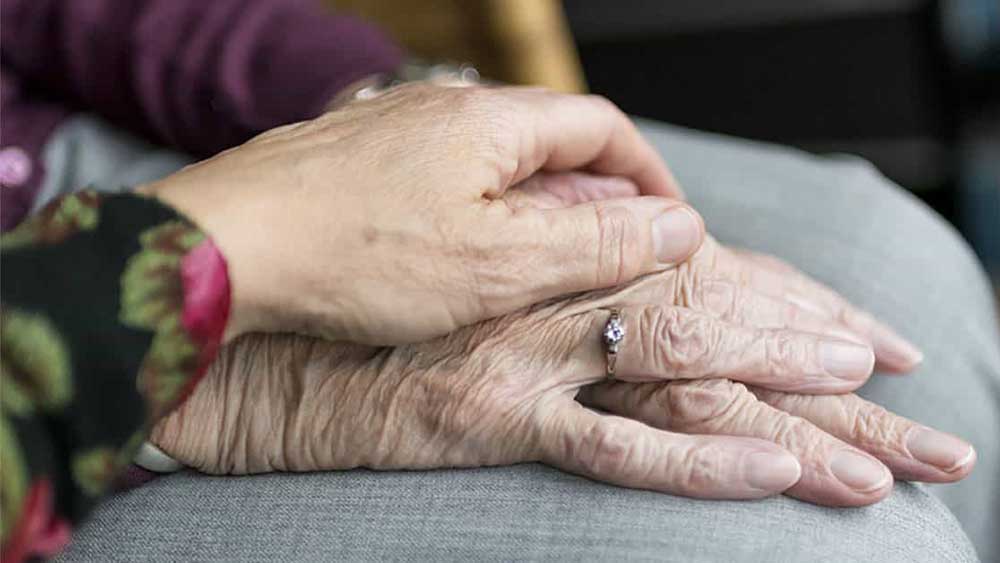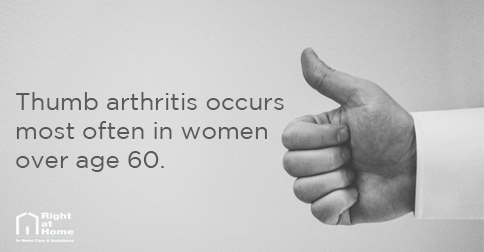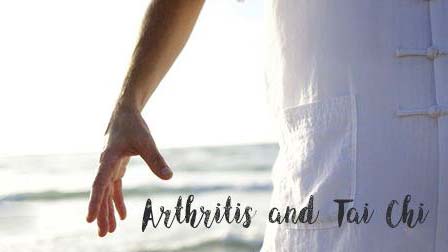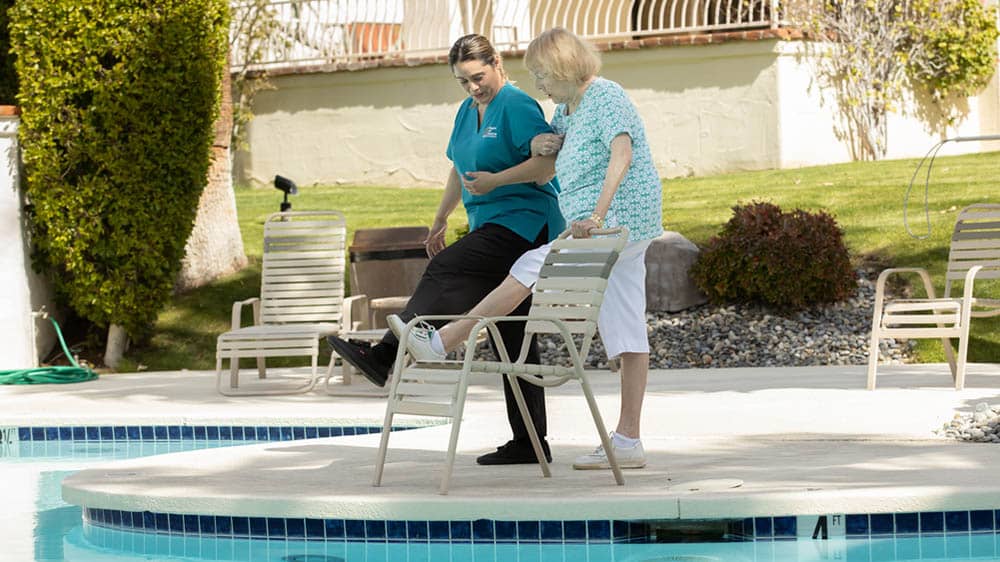
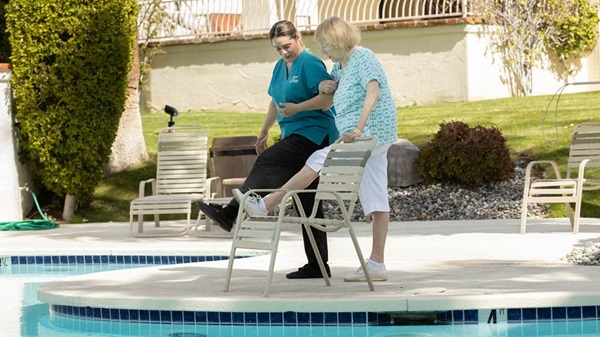
Osteoarthritis: Risk Factors and Care for Older Adults
It’s unfortunate but true that as most people get older, their likelihood of getting arthritis—a condition that causes pain and inflammation in the joints—increases. What’s more, according to the Arthritis Foundation, “there is no sure way to prevent arthritis.” The best anyone can do is to be aware of their risk factors and learn how to manage the effects of this disease.
What is Arthritis?
Arthritis is not a single disease, but rather a term that covers over 100 different conditions. The most common type, osteoarthritis, affects mainly the hands, lower back, neck, and weight-bearing joints such as the knees, hips and feet. In osteoarthritis (OA), the cartilage that cushions the ends of bones wears away. This loss of cushioning between bones causes soreness, stiffness and pain.
Risk Factors for Osteoarthritis
In 2019, approximately 528 million people globally were living with osteoarthritis, marking a 113% increase since 1990, according to the World Health Organization. About 73% of those with OA are over 55 years old, and 60% are female. In the U.S., about 32.5 million adults have OA. The most commonly affected joints are the knee, hip and hand.
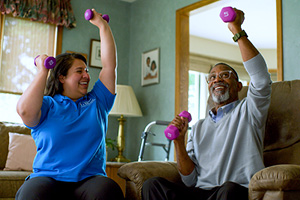
Genetics plays a big role in who will get osteoarthritis. People who have family members with OA are more likely to develop it. Other risk factors include:
- Joint injury or overuse. Injury or overuse, such as knee bending and repetitive stress on a joint, can damage a joint and increase the risk of OA in that joint.
- Age. The risk of developing OA increases with age.
- Gender. Women are more likely to develop OA than men, especially after age 50.
- Obesity. Extra weight puts more stress on joints, particularly weight-bearing joints like the hips and knees. This stress increases the risk of OA in those joints. Obesity may also have metabolic effects that increase the risk of OA.
“Your joints are meant to withstand a certain amount of force. But every pound of excess weight adds two to four pounds of pressure on your knees,” says Chad Deal, MD, of the Cleveland Clinic. “By losing 20 pounds, you’re taking 40 to 80 pounds of force off of them. Losing weight can help to at least slow down the progression of osteoarthritis.”
Dr. Deal adds, “It may not be possible to completely stop the underlying cause of osteoarthritis, but that does not mean there’s nothing you can do.”
How Seniors Can Manage Osteoarthritis
With the right preventive measures and care techniques, older adults can manage arthritis effectively, allowing a more active and pain-free lifestyle. Discuss these possible ways to manage the pain and discomfort with your doctor.
1. Stay Active
Regular physical activity is vital in preventing and managing arthritis. Activities like walking, swimming or gentle yoga can help maintain flexibility, strengthen muscles around the joints, and reduce overall pain. Remember, it’s about movement, not about setting athletic records!
2. Eat a Healthy Diet
A balanced diet rich in fruits, vegetables, whole grains and lean protein can help manage arthritis. Foods rich in antioxidants, omega-3 fatty acids, and vitamins can reduce inflammation and support joint health. Remember, a healthy weight reduces the strain on your joints.
3. Mind Your Joints
Use your larger or stronger joints to carry loads. For example, use a backpack or a trolley instead of carrying groceries with your hands. Ergonomic tools can also ease the strain on your joints during daily activities.
4. Use Medications and Other Treatments
Over-the-counter pain relievers and anti-inflammatory medications can help, but always consult with your doctor before starting any new medication. Heat treatments, like warm towels, hot packs or a warm bath, can soothe stiff joints. Cold treatments, such as ice packs, can reduce joint swelling and pain.
5. Stay Hydrated
Staying hydrated helps keep the cartilage in your joints healthy and lubricated. Aim for at least eight glasses of water a day, more if you’re active or it’s hot.
6. Get Enough Sleep
A good night’s sleep can help reduce arthritis pain and fatigue. Create a restful environment, stick to a regular sleep schedule, and avoid caffeine and electronics before bed.
7. Manage Stress
Chronic stress can exacerbate arthritis symptoms. Techniques such as deep breathing, meditation or gentle yoga can help keep stress levels in check.
8. Get Regular Checkups
Regular visits to your health care provider are crucial. They can track the progression of your arthritis and adjust your treatment plan as needed.
Don’t Let OA Limit Your Lifestyle
Living with arthritis in your senior years doesn’t mean giving up on your hobbies or an active lifestyle. By incorporating these prevention and care tips into your daily routine, you can manage arthritis effectively and continue to enjoy a fulfilling and active life.
Remember, the key is to stay proactive about your health. With the right approach, you can minimize the impact of arthritis and keep moving comfortably. Contact a Right at Home office near you to learn how Right at Home can help you manage OA at home.
Interested in receiving monthly tips, advice and information related to caring for an aging loved one? Subscribe to our Caring Right at Home e-newsletter today.





